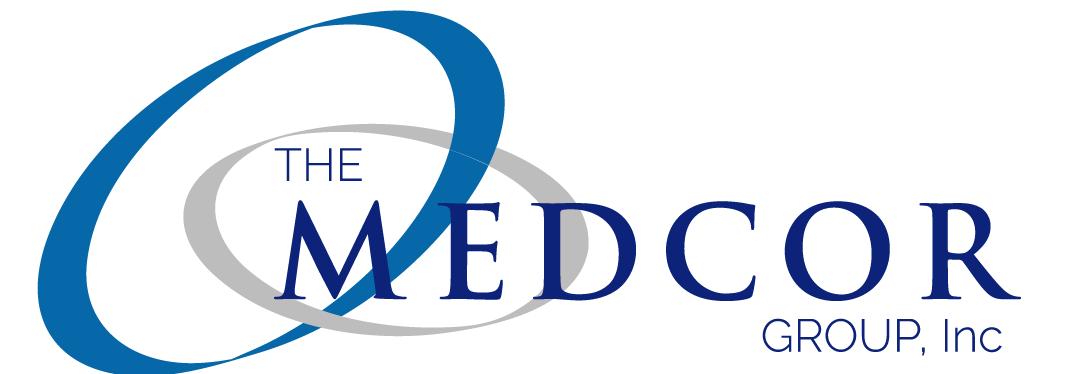Building and maintaining a solid revenue cycle process is a daunting task. Once you have a few successes under your belt, it is easy to sit back and admire your achievements. But If you focus only on the revenue cycle tasks your organization does well; opportunities will be missed. Of course, there is a place for team appreciation, praising successes, and honoring hard work. But when focusing on our accomplishments, we stop the improvement process. However, for those who are brave enough to take a good hard look at failures within their revenue cycle, the possibilities for growth are endless.
The Continuous Process Improvement Theory
Continuous Process Improvement is the practice of continually monitoring and tracking performance, identifying deficiencies, and ultimately, eliminating the cause. When you rest on your laurels and stop monitoring for issues in your revenue cycle, the ‘failures’ are never identified and corrected. In the revenue cycle world, failures are when claims do not get paid or when revenue is delayed because claims are denied. Denials are our nemesis. As we like to say, “If they aren’t corrected, it’s not going to get collected.”
While there are seemingly endless points in the revenue cycle that could be monitored, in my experience, these are the most common areas that can be corrected and produce results very quickly.
Who’s Monitoring Denials?
‘Denial’ is the word RCM professionals use for claim failure. The claim did not pay as or when it was expected. Most FQHC CFOs would love to ignore this category because eliminating denials is complex. Tracking denials is the only way to identify areas needing improvement. Monthly reports must contain practical, useful, and timely information about denials.
- Number of denials received
- Denial rate – # denied claims ÷ total number of claims billed
- Number of denials by payer
- Denial rate – # denied claims for a payer ÷ total number of claims billed to that same payer
- Number of denials by denial category
- Eligibility
- Provider enrollment
- Timely Filing
- Coding
- Claim detail reporting error
Is Credentialing the Issue?
Credentialing is the overall process for validating that a provider is licensed, certified, educated, and has the proper experience to provide healthcare to patients. All that verification is done during the hiring and onboarding process. The piece of the credentialing process that tends to get pushed off and sometimes ignored is provider enrollment with the payers. Unfortunately, this is also the part of the credentialing process that allows claims for these providers to be paid. Create a process that includes provider enrollment as a part of the onboarding and hiring process. If done well, it may require additional staff members or credentialing tracking software, or even a credentialing business partner. Enrolling providers in all the plans with all the payers your FQHC does business with will allow you to reap the rewards immediately.
What’s Happening at the Front Desk?
An FQHC’s front desk staff are typically the newest to the organization and the group with the highest turnover. Yet the front desk is the critical point in the revenue cycle where the battle to collect on a claim is won or lost. The key to success at the front desk is developing standard processes that are followed for each patient registration, then training, training, and retraining. In addition, the standard procedures and regular communication with the billing team regarding denials are integral to reducing or eliminating denials. While the billing team can correct eligibility denials, avoiding denials in the first place is the goal.
Finding the root cause of eligibility denials may be as simple as teaching the registration team about software functionality or recent updates. Invariably the discussion between billing and the front desk about eligibility or patient registration denials leads to finger-pointing about who did or did not check eligibility at the time of service. Instead, create shared goals to develop a shared responsibility. For example, if a biller knows how to check for eligibility, that same biller can teach a front desk staff member how to check eligibility.
Are Claims Being Filed on Time?
Every payer has a time limit within which a valid claim must be received and accepted. Filing limits can be as short as 45 days and as long as a year. It seems simple, yet most FQHCs have a ton of timely filing limit denials. There are two main reasons for these.
Timely Closing of notes
- Providers are concentrating on patient care. There is nothing wrong with that, but complete and authenticated documentation is crucial to the billing process. Providers who do not close and sign notes in a timely fashion are putting reimbursement at risk. Billers do not have the power or authority to compel providers to complete documentation tasks. Provider leadership or FQHC leadership must enforce the requirements regarding note completion. Daily or weekly reports must be generated to advise providers on outstanding tasks.
Filing Claims & Rejections
- Claim files for each payer should be transmitted directly to the payer or through the clearinghouse every day. If claims are only sent weekly, and a file fails, 25% of that payer’s monthly receipts are in jeopardy. Most PM systems are set up for daily transmission. Safeguard this timely process and do not allow overrides without a very good reason.
- Rejections are claims that the payer does not accept. Unlike rejections, denials are claims that are accepted and processed but denied payment. Rejections are not recorded anywhere in the payer system. Therefore, the timely filing limit is not met or preserved. The CFO and Billing Manager must designate someone to work on rejections daily to retransmit and have the claim accepted. Overturning a timely filing limit denial for rejected claims is improbable.
As we know, the revenue cycle encompasses all departments. In these short examples, billing office staff, front desk staff, trainers, and providers can all be a part of the continuous process improvement. Do not try to attack it all at once. Instead, find one item for each area and work on it until it has been virtually eradicated. As hard as it is to look at the tasks, we do poorly, the reward is great and well worth the pain. It also gives you another success to celebrate!

